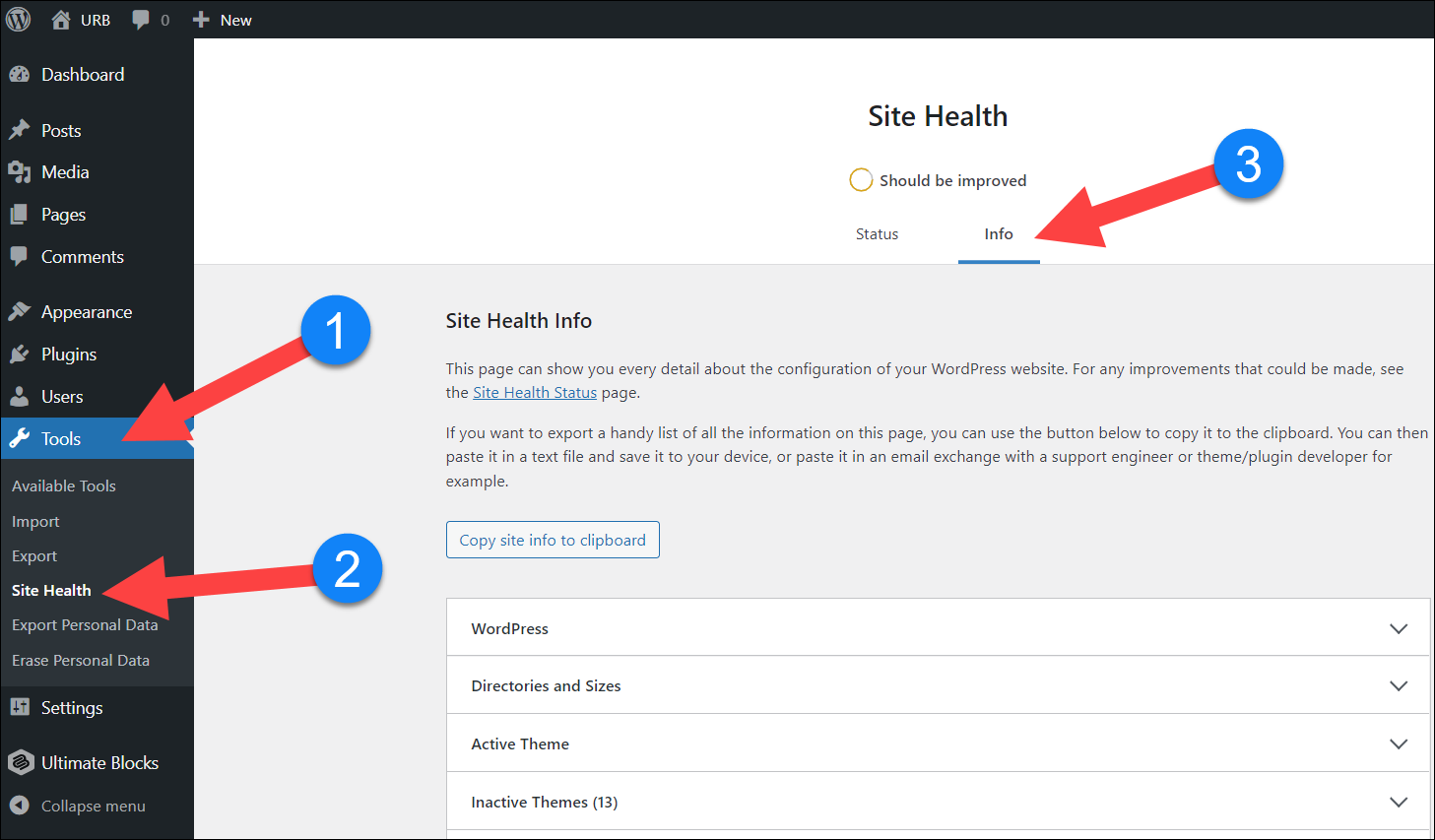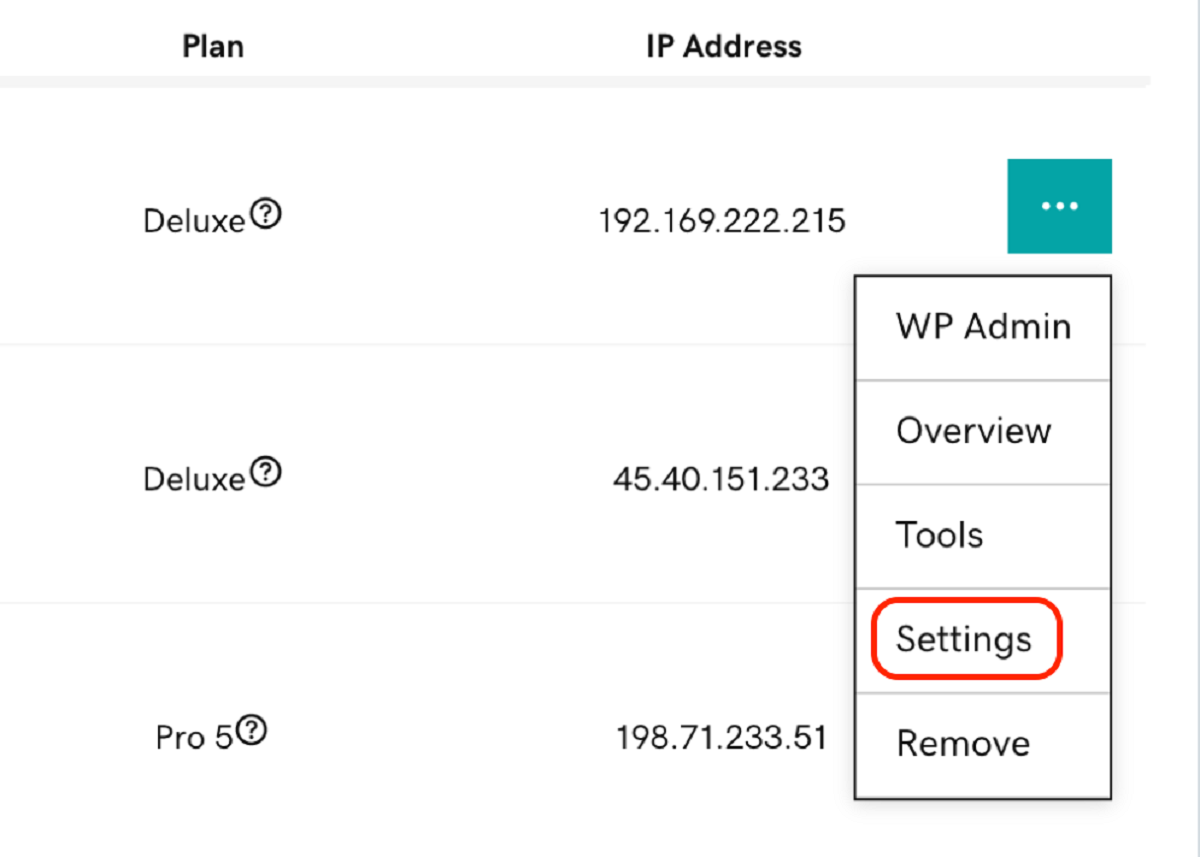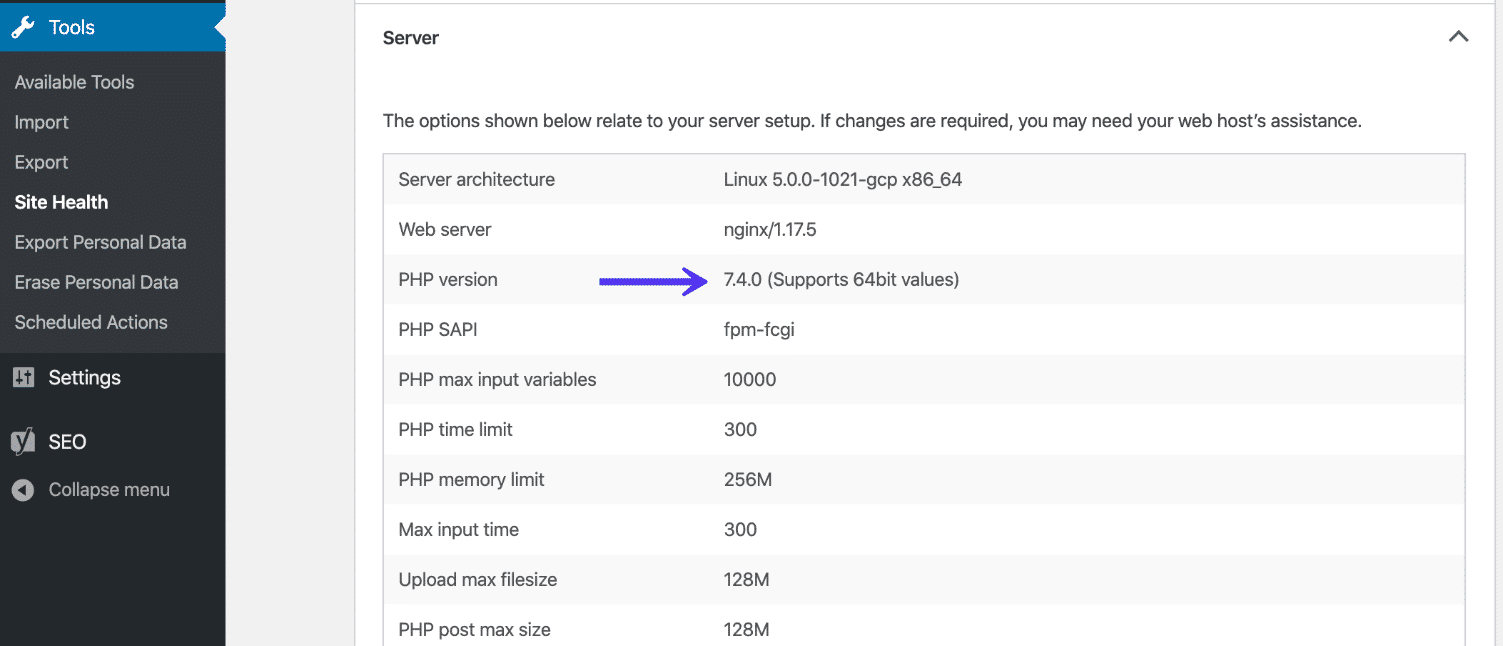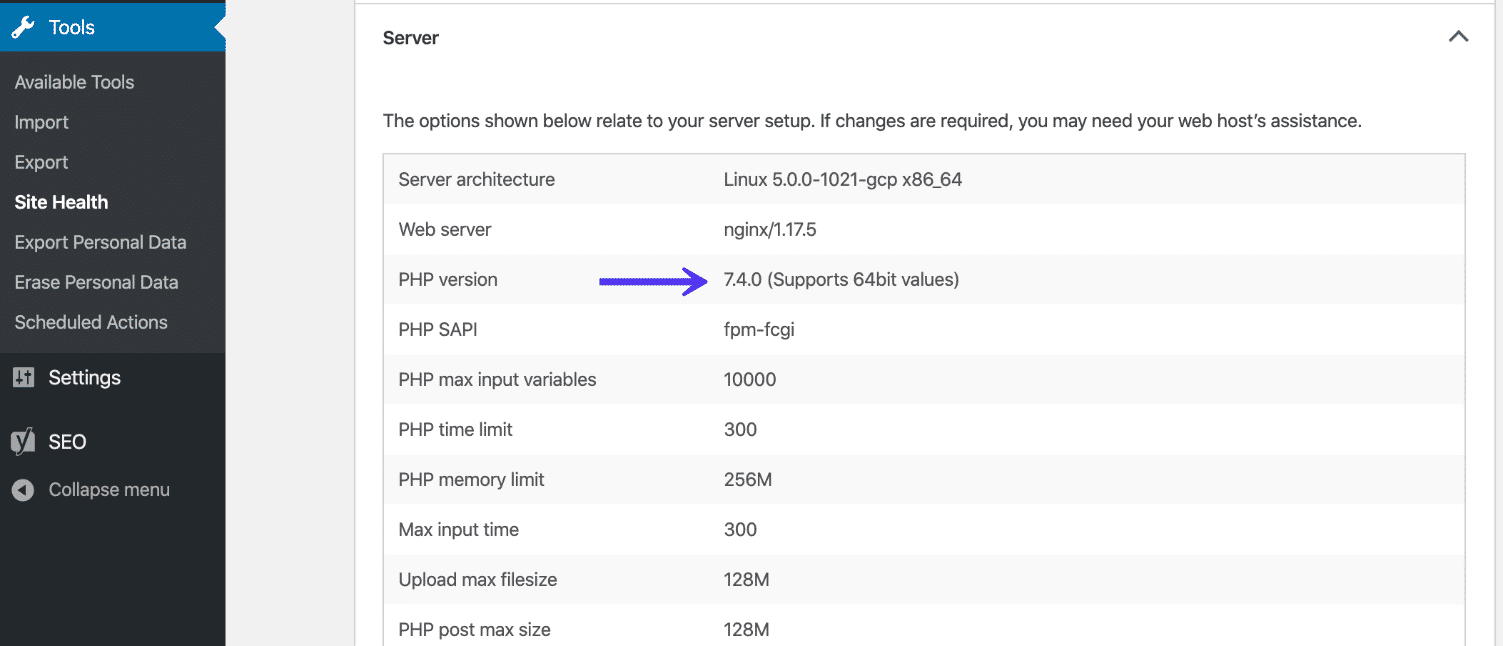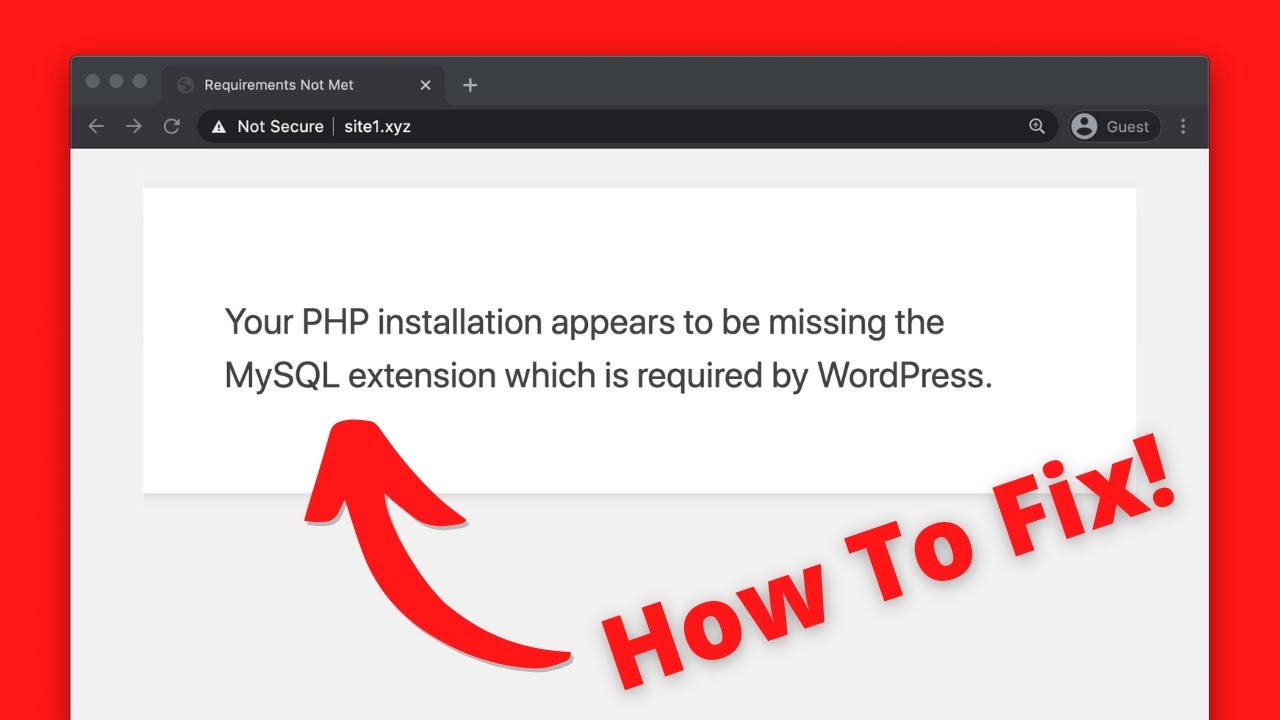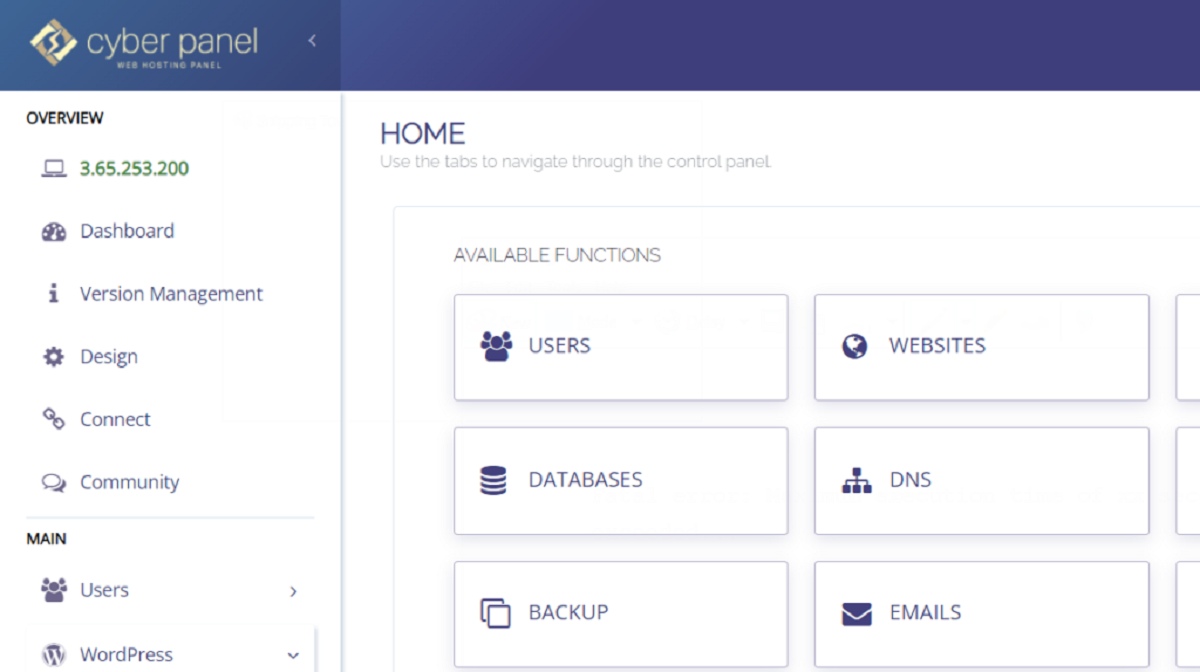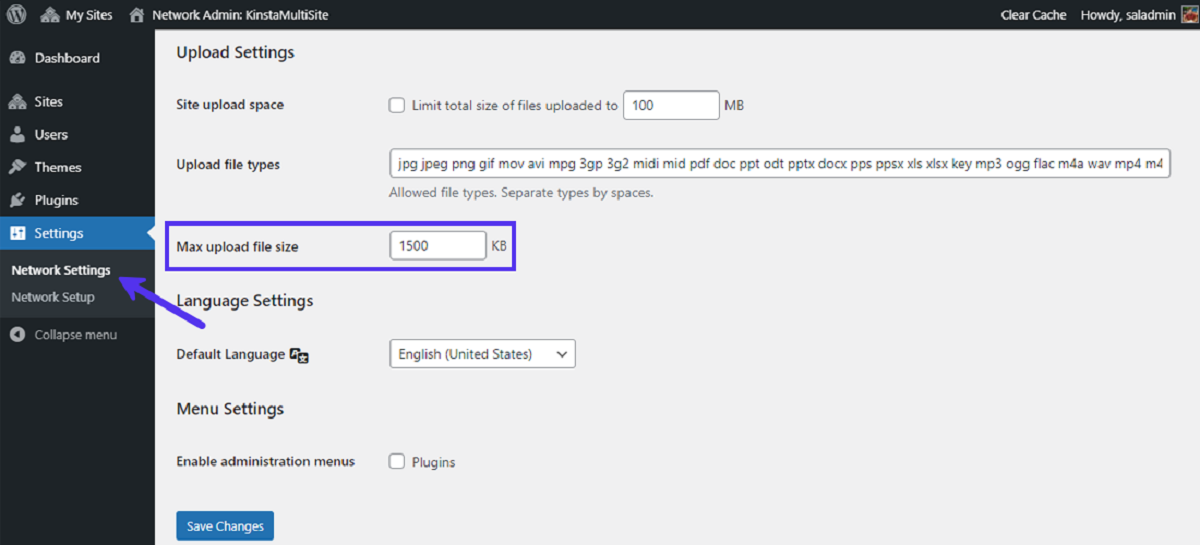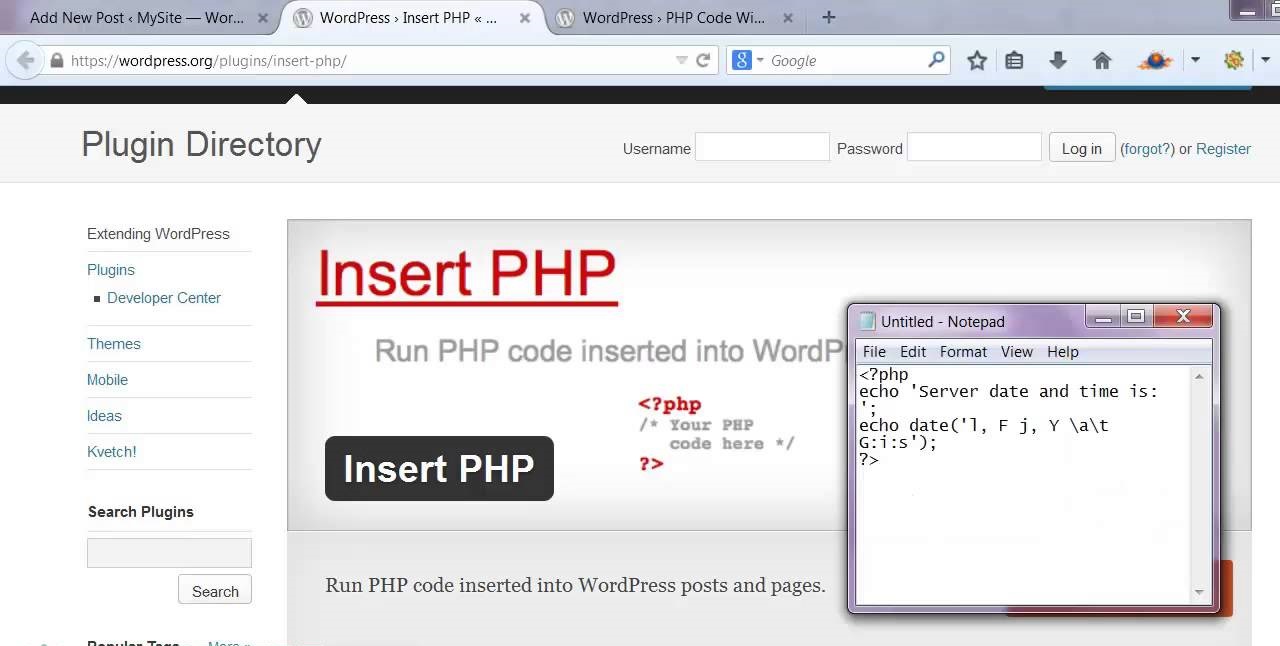Overview
Knowing the PHP version that your WordPress site is running on is essential for several reasons. It helps you ensure compatibility with plugins and themes, as well as take advantage of the latest features and security updates. If you are experiencing issues on your WordPress site, checking the PHP version is often the first step towards finding a solution.
Luckily, there are multiple methods available to check the PHP version in WordPress. In this article, we will walk you through four different methods that you can use to determine the PHP version of your WordPress site.
Throughout this guide, we’ll cover the following methods:
- Using the WordPress Admin Dashboard
- Using the Function.php File
- Using the phpinfo() Function
- Using a PHP Version Checker Plugin
Each of these methods has its own unique benefits and can be used depending on your familiarity with coding and personal preference. So let’s dive in and explore each method in detail, so you can easily check the PHP version of your WordPress site.
Method 1: Using the WordPress Admin Dashboard
One of the simplest ways to check the PHP version of your WordPress site is through the WordPress Admin Dashboard. Here’s how:
- Login to your WordPress Admin Dashboard.
- Once logged in, navigate to the “Dashboard” menu located on the left-hand side.
- Scroll down and click on the “Updates” option.
- You will be redirected to the WordPress Updates screen. Here, you can see if there are any pending updates for WordPress, plugins, or themes.
- On this screen, you will also find information about the PHP version currently installed on your WordPress site. Look for the “PHP version” label under the “Important Tools” section.
By following these steps, you can easily check the PHP version of your WordPress site without any coding knowledge or additional plugins. However, keep in mind that this method might not provide the most detailed information about the PHP version. If you need more specific information, you might want to explore other methods mentioned in this article.
This method is particularly useful if you want to quickly check the PHP version on multiple WordPress sites, as it saves you from the hassle of logging into each site separately or using any coding techniques.
Now that you have learned how to check the PHP version using the WordPress Admin Dashboard, let’s move on to another method that involves accessing the function.php file to obtain the PHP version.
Method 2: Using the Function.php File
If you’re comfortable working with code, you can check the PHP version of your WordPress site by accessing the function.php file. Here’s how:
- Access your WordPress site’s files using an FTP client or the file manager provided by your hosting provider.
- Navigate to the root directory of your WordPress installation.
- Look for the theme folder and open it.
- Within the theme folder, you’ll find the function.php file. Open it using a text editor.
- Insert the following code snippet at the end of the file:
Save the changes and close the file.
Now, when you visit your WordPress site, the PHP version will be displayed at the top or bottom of the page, depending on the location where you inserted the code snippet.
This method allows you to obtain the PHP version directly from the function.php file without needing to install any additional plugins. It’s a handy approach if you are already familiar with editing theme files and want to quickly check the PHP version.
However, keep in mind that modifying the function.php file requires a basic understanding of PHP and the potential risk of introducing errors. It’s essential to make a backup of the original file before making any changes.
Now that you have learned how to check the PHP version using the function.php file, let’s move on to another method that involves using the phpinfo() function to obtain detailed PHP information.
Method 3: Using the phpinfo() Function
If you’re looking for more detailed information about your PHP version and server configuration, you can use the phpinfo() function. Follow these steps to check the PHP version using this method:
- Create a new PHP file on your local computer using a text editor.
- Insert the following code into the file:
- Save the file with a .php extension, such as info.php.
- Upload the info.php file to the root directory of your WordPress installation using an FTP client or the file manager provided by your hosting provider.
- Open your web browser and navigate to your WordPress site with the added info.php file. For example, www.yourdomain.com/info.php.
- The phpinfo() function will generate a comprehensive report about your PHP version and server settings. Look for the PHP version information at the top of the page.
- After checking the PHP version, be sure to remove the info.php file from your server for security reasons.
Using the phpinfo() function provides you with extensive details on your server’s PHP configuration, including the PHP version, loaded modules, and various other settings. It’s a useful method if you need a comprehensive overview of your PHP environment.
Remember to delete the info.php file from your server once you have gathered the necessary information. Leaving it on your server can pose a security risk as it exposes sensitive information about your server setup.
Now that you have learned how to check the PHP version using the phpinfo() function, let’s explore another method that involves utilizing a PHP Version Checker plugin.
Method 4: Using a PHP Version Checker Plugin
If you prefer a more user-friendly and convenient method, you can use a PHP Version Checker plugin to check the PHP version of your WordPress site. Follow these steps to utilize this method:
- Login to your WordPress Admin Dashboard.
- Click on “Plugins” in the left-hand menu.
- Select “Add New” to access the WordPress Plugin Directory.
- In the search bar, type “PHP Version Checker” and hit enter.
- You will be presented with a list of PHP version checker plugins. Choose one that suits your needs and has positive reviews.
- Click on “Install Now” and then “Activate” to enable the plugin on your WordPress site.
- The activated plugin will add a new menu item to your WordPress Admin Dashboard. Look for the plugin’s name in the left-hand menu.
- Click on the plugin’s name to access its settings and PHP version information.
- The plugin will display the PHP version of your WordPress site, along with any recommendations or warnings.
Using a PHP Version Checker plugin eliminates the need for coding or manual file modifications. It provides a straightforward and visual way to check the PHP version, making it suitable for users with limited technical knowledge.
Remember to keep the PHP Version Checker plugin updated, as it may include new features or improvements that enhance its functionality and compatibility with the latest WordPress version.
Now that you have learned how to check the PHP version using a plugin, you have successfully explored all four methods. Choose the method that fits your technical expertise and preferences to check the PHP version of your WordPress site easily.
Conclusion
Checking the PHP version of your WordPress site is crucial for ensuring compatibility, security, and optimal performance. In this article, we covered four different methods that you can use to determine the PHP version of your WordPress site.
The first method involved using the WordPress Admin Dashboard, which is a simple and easy way to check the PHP version without any coding or additional plugins. The second method required accessing the function.php file and inserting a code snippet to display the PHP version. This method is suitable for users with coding knowledge and provides more detailed information.
The third method utilized the phpinfo() function, which generates a comprehensive report on your PHP version and server settings. This method is ideal if you need a detailed overview of your PHP environment.
Lastly, the fourth method involved using a PHP Version Checker plugin, which provides a user-friendly interface for checking the PHP version without any coding or manual file modifications. This method is suitable for users who prefer a hassle-free and visual approach.
Regardless of the method you choose, regularly checking the PHP version of your WordPress site is essential to ensure compatibility, security, and optimal performance. Stay updated with the latest PHP version and consider upgrading if you are running an outdated version.
By following these methods, you can easily determine the PHP version of your WordPress site and take appropriate actions to ensure your website performs optimally and remains secure.
Now that you have the knowledge and tools to check the PHP version, go ahead and verify the PHP version of your WordPress site to ensure smooth functioning and compatibility with the latest features and security updates.







